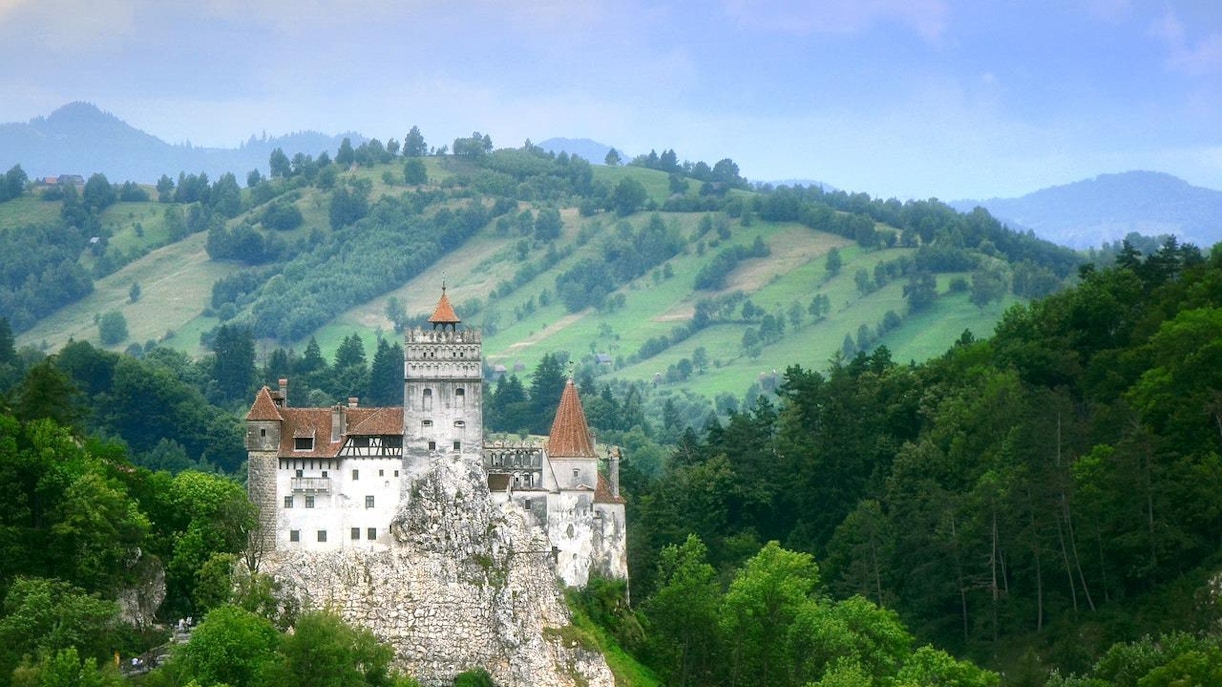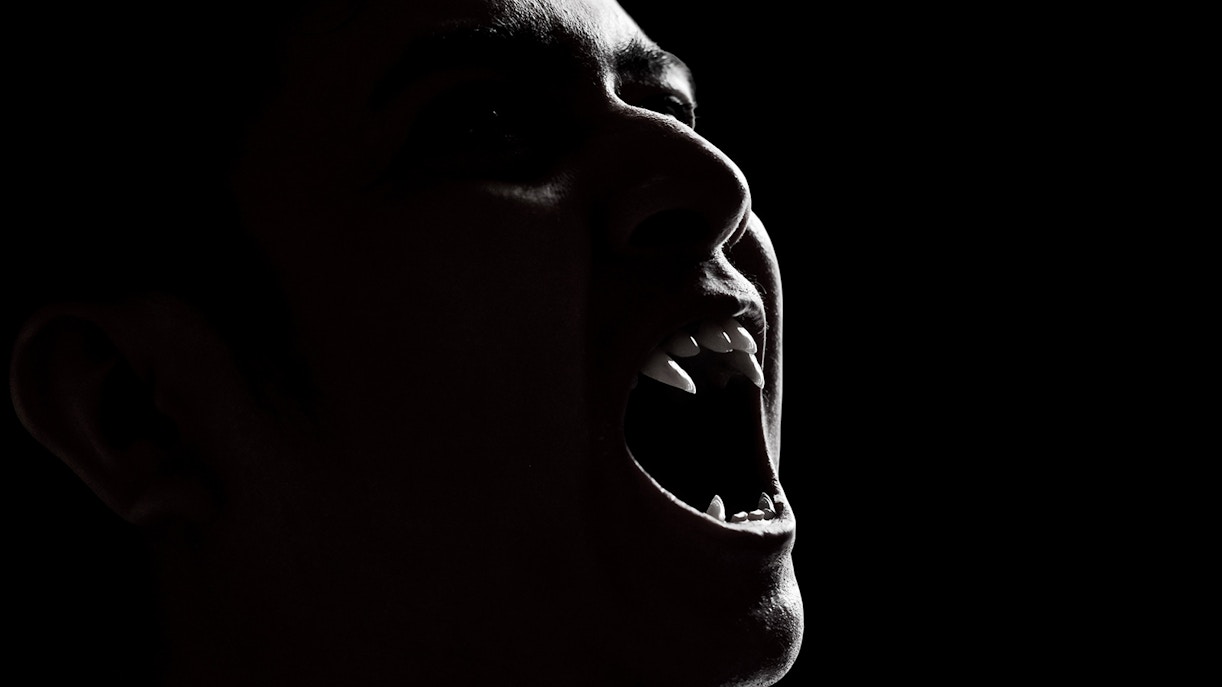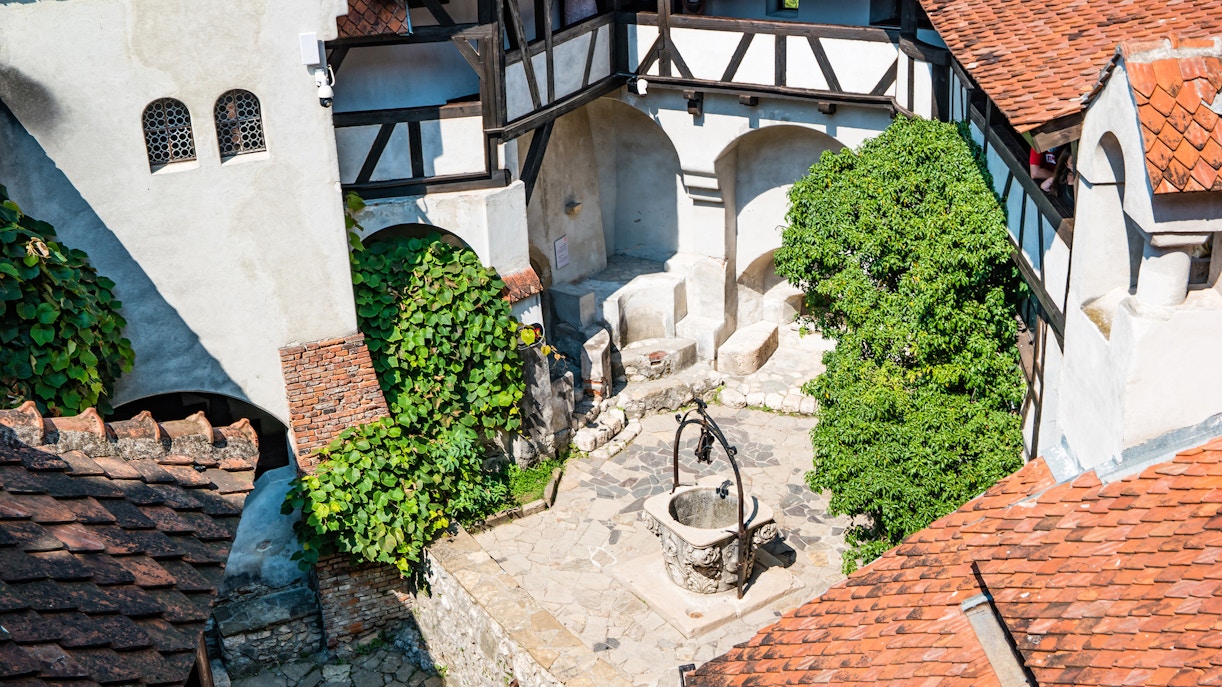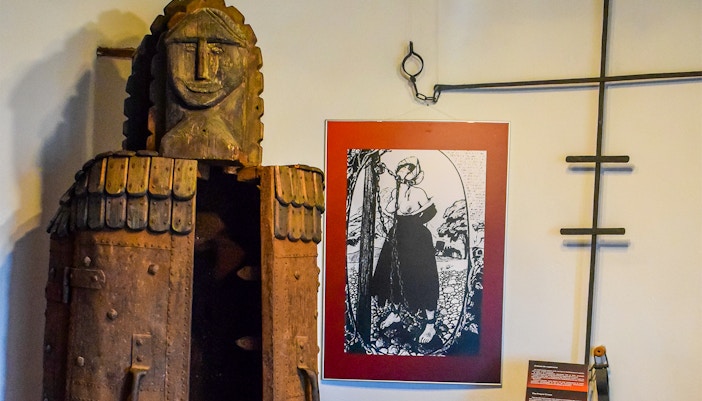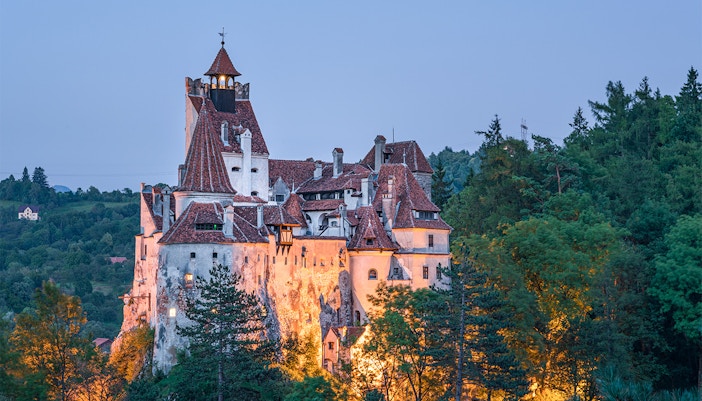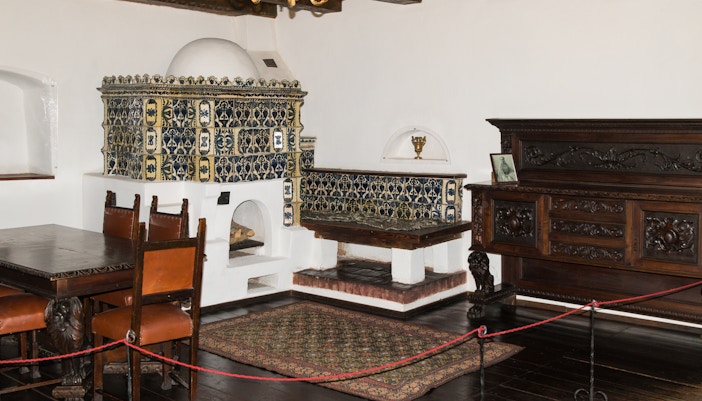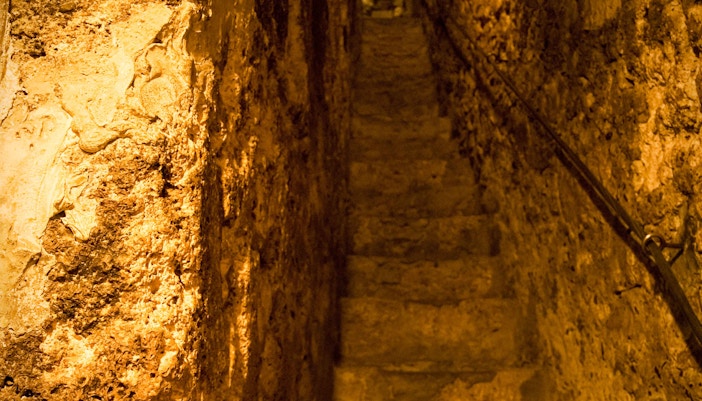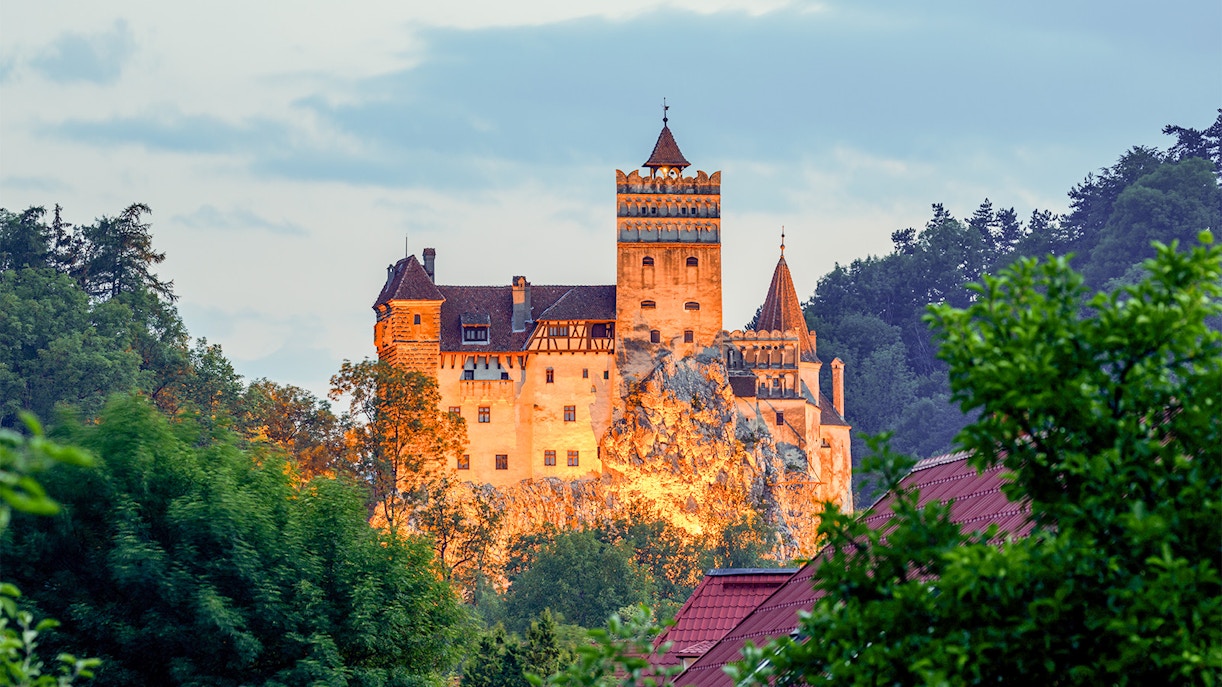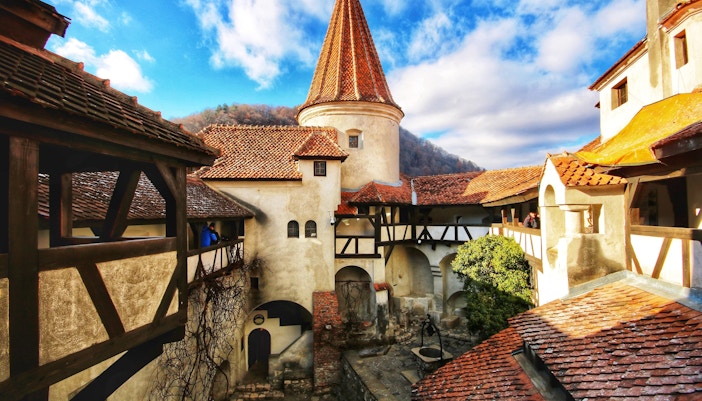History of Bran Castle
1377: The office of Hungarian King Louis I of Anjou issued a decree on November 19 authorizing the citizens of Brasov the right to erect a castle.
1388: The construction of the castle was completed in 1388. The Castle was built on a cliff overlooking Măgura and Dealul Cetăţii, with a spectacular view of the surrounding hills, Moeciu Valley, and Valea Bârsei.
1441: The Turks raided Transylvania, but they were repelled in Bran Castle by John Hunyadi.
1459: Vlad the Impaler set fire to the city's suburbs and slaughtered hundreds of Saxons from Transylvania, inciting the Saxon community to seek vengeance by characterizing the Voivode as a dictator and brutal in later reports.
1651: Brasov managed to sell the castle to George II Rackoczi on April 25, 1651, after extending the lease with the Princes of Transylvania multiple times – even after the Ottoman takeover of the Hungarian kingdom in 1541.
1836: After the border between Transylvania and Wallachia was moved to the highlands, at Pajura, in 1836, Bran Castle lost its military and commercial importance.
1886: Between 1883 and 1886, the imperial authorities consented to repair damage to the castle caused by the Revolution of 1848 and the Russo-Turkish war of 1877, at the request of the Brasov residents.
1920: On December 1st, 1920, the residents of Brasov offered the castle to Queen Maria of Romania through a majority decision of the municipal council, led by Mayor Karl Schnell.
1932: The Castle was converted into a royal summer house from 1920 to 1932, under the supervision of Czech architect Karen Liman, who also created the castles Peles and Pelisor.
1938: Bran Castle was bequeathed to Princess Ileana, who was married to Archduke Anton of Austria, after Queen Marie died on July 18.
1940: When Romania lost the South Danube provinces after the Vienna Award, Queen Marie's heart, which had been kept in the Stella Maris chapel of the Balchik's palace on the Black Sea, was moved to Bran in its sarcophagus.
1956: The communist rulers converted Bran Castle into a museum. The museum was divided into three sections: the Castle, which housed royal artifacts, the Medieval Customs, and Ethnography, which featured typical dwellings in the park adjoining the castle.
1993: The renovation of the castle, which began in 1987, was completed. The Castle was reopened as a museum and returned to the tourist circuit as a museum.
2006: The castle was legally returned to the heirs of Princess Ileana of Romania and Archduke Anton of Austria on May 18, after several years of legal proceedings.
Detailed Bran Castle History >

